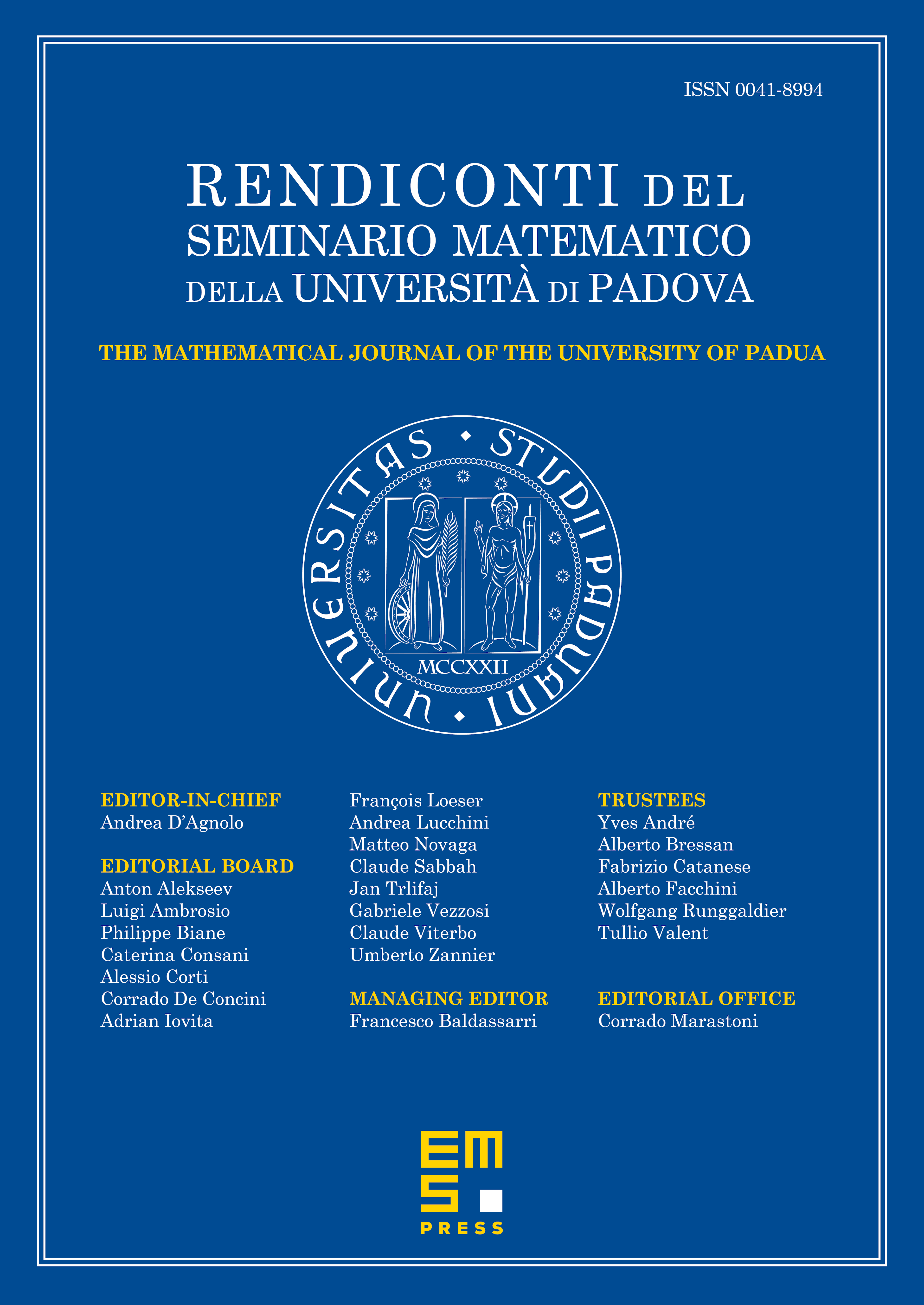On Siegel’s problem for -functions
Stéphane Fischler
CNRS, Université Paris-Saclay, Orsay, FranceTanguy Rivoal
CNRS, Université Grenoble Alpes, France

Abstract
Siegel defined in 1929 two classes of power series, the -functions and -functions, which generalize the Diophantine properties of the exponential and logarithmic functions respectively. He asked whether any -function can be represented as a polynomial with algebraic coefficients in a finite number of -functions of the form , , with rational parameters. The case of -functions of differential order less than or equal to 2 was settled in the affirmative by Gorelov in 2004, but Siegel's question is open for higher order. We prove here that if Siegel's question has a positive answer, then the ring of values taken by analytic continuations of -functions at algebraic points must be a subring of the relatively “small” ring generated by algebraic numbers, and the values of the derivatives of the Gamma function at rational points. Because that inclusion seems unlikely (and contradicts standard conjectures), this points towards a negative answer to Siegel's question in general. As intermediate steps, we first prove that any element of is a coefficient of the asymptotic expansion of a suitable -function, which completes previous results of ours. We then prove (in two steps) that the coefficients of the asymptotic expansion of a hypergeometric -function with rational parameters are in . Finally, we prove a similar result for -functions.
Cite this article
Stéphane Fischler, Tanguy Rivoal, On Siegel’s problem for -functions. Rend. Sem. Mat. Univ. Padova 148 (2022), pp. 83–115
DOI 10.4171/RSMUP/107